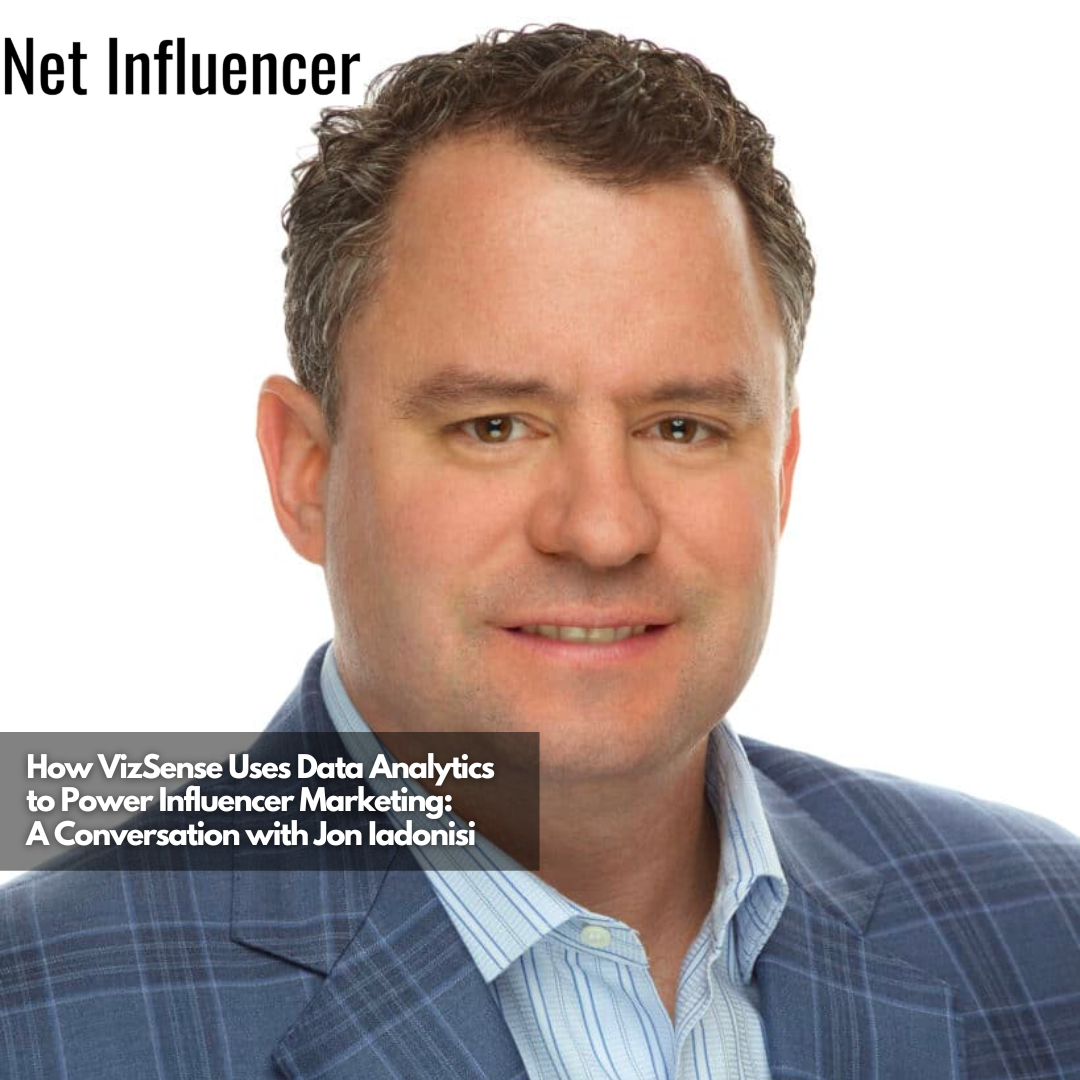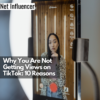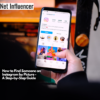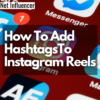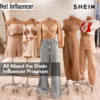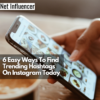Agency
How VizSense Uses Data Analytics to Power Influencer Marketing: A Conversation with Jon Iadonisi
Dr. Jon Iadonisi studied computer science and has always been fascinated by how things work, whether it’s machinery, electronics, or computer programming. His desire to serve his country led him to join the military. He joined the Navy and served the nation in a few different roles and later was selected for the SEAL teams and went into the intelligence community, where he was able to work with some amazing individuals and teams.
He was called up to a higher level each time, which is why he decided to go back to grad school a couple of times finally earning a Ph.D. He was genuinely drawn into industries where data seems to be at the center of everything.
What inspired you to start VizSense, and what does the company do?
“What inspired me really was understanding how people make decisions. I got to see a lot of different cultures when I was in the military, and whether or not you’re a bad person doing bad things or a good person doing good things, we’re all human beings, and we tend to have our behaviors influenced by the people we can relate to,” Jon says.

He saw all of these things happen throughout the world in many different cultures and languages. Jon immediately had a business idea, “What if we took this whole model and brought it into consumers and into marketing and use these small, relatable people, who aren’t celebrities, but micro-influencers? And we worked very closely with them and used data to help us better match them with brands.”
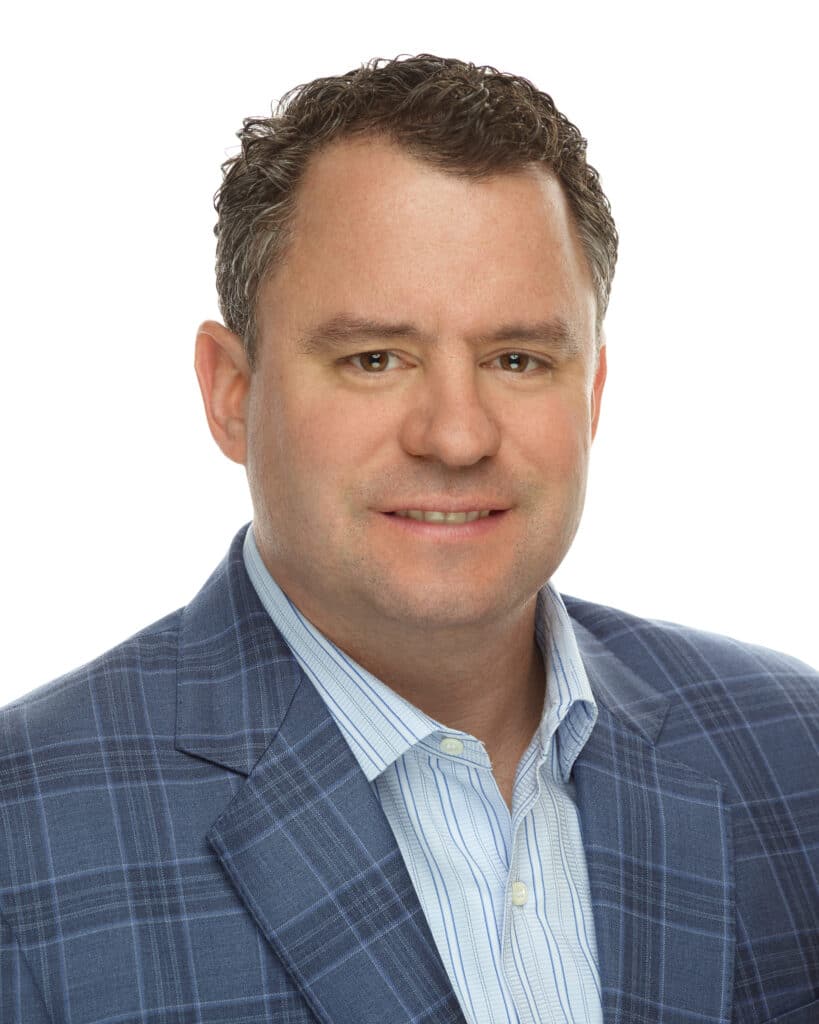
How does VizSense differentiate itself from other data analytics companies?
VizSense focuses highly on its data and uses that data to fuel its research. Unlike what most people say that VizSense does the same thing as other data analytics companies; they maximize their data in a very special and unique way.
“If you look around the world and you’ve ever been to a Michelin-star restaurant, they have access to the same core ingredients as a regular restaurant. The difference lies in how these Michelin-star restaurants use and apply these ingredients,” Jon continues to explain.
How does VizSense’s influencer program help businesses identify and partner with the right influencers to promote their brand?
VizSense partners with brands and companies and mine a lot of data around a particular brand. For example, if someone wears a certain type of lipstick, VizSense will mine data around that lipstick and will present their findings, coupled with the algorithms that VizSense’s analysts uncovered. Based on that mining and data, VizSense builds the right brand campaign.
What inspired VizSense to develop this new product, and how does it fit into the company’s overall mission?
The world is changing more and more, and the number of clients looking for relatable data continues to increase. As a response, VizSense decided to give them something they can make their own insights with — and that spawns the idea and the new product, which helps clients make informed decisions.
Can you explain how VizSense’s consumer insights product works and how it helps businesses better understand their target audiences?
“What they’re able to do is they’re able to understand what people are talking about around their brands and what things matter to shoppers and consumers — is it the price, texture, color, sustainability? All different products have different ecosystems of their own, and our new product gives them a sneak peek into that ecosystem,” Jon explains.
How does VizSense help businesses track the success of their influencer marketing campaigns, and how does its consumer insights product inform these efforts?
When VizSense works with a brand, they ask them how they measure marketing success. They found that each company tends to have its own way of defining what winning is — some want to measure engagement, while others are more focused on measuring impressions.
Since every company has different goals, VizSense will put a model together that the company agrees with. In this way, they’ll be able to create and use metrics that are accurate to the goals of the company.
How does this new product differ from other consumer insights solutions on the market?
“I think our new product differentiates from other consumer insight solutions in the market because of the way or the type of data we get and collect. Our technology platform and custom built algorithms look at the data and the way that the user interacts with the data,” Jon says.
When it comes to ensuring the privacy and security of the data, all of the data VizSense collects and analyzes are publicly available. This means there is no personal information involved in their products or processes unless somebody puts that information out there for the world to see.
Can you share any success stories or case studies of businesses that have used this product to gain valuable insights about their target audiences?
VizSense had a client who sold a type of coconut water. They offered to conduct research for the product, but the client refused, telling them that they spent millions on research. But because it’s part of VizSense’s process, they still proceeded with the research.
“We started looking at thousands of conversations around this product, and we found a couple of things out. Number one was there were a lot of negative comments around the container that the water was in, and although it was a sustainable container, it ended up breaking in people’s gym bags and would spill over there,” Jon recalls.
The client wasn’t aware of any of these. All they knew was that their containers weren’t made out of plastic, and they assumed that everybody would love that.
“The other thing is they were really interested [to know] where the coconuts were sourced from. Apparently, coconuts sourced from Thailand have different sweetness levels than coconuts sourced from Brazil,” Jon says. “So, we helped them design messaging around what their users and consumers wanted and thought was important. We ended up making sure that the influencers talked about the product container and where the coconuts were sourced from.”
How does VizSense help businesses translate the insights they gain from this product into actionable strategies for marketing, product development, or other areas?
Typically, what VizSense does is they’ll work with their client and mutually determine a set KPIs of a successful campaign while taking into consideration that every company they work with wants to see an increase in their sales.
“But attribution in the space is elusive in a lot of ways, especially when you’re running a campaign with us, and you’re also doing paid media and TV commercials,” Jon adds.
VizSense also likes to know, on average, what the sales of the company are for a specific month, and they’re going to inject themselves into the equation and see if there’s a difference. VizSense spends a lot of time making sure that they’re able to measure and get a better sense of the impact on sales; otherwise, everything else is measured on the brand awareness side.
What future plans does VizSense have for this product, and how does the company plan to continue innovating in the consumer insights space?
Consumer Insights really focuses on the product, but VizSense’s next big thing is going to focus on the micro-influencers themselves.. “We really only work with micro-influencers. We don’t know anything about celebrities; we don’t work with celebrities at all. We really work with people that some of whom don’t ever know that they’re influential until they get a call from us,” Jon says.
VizSense’s products are going to shift towards understanding and empowering influencers with more detail and personalization, and they’re going to challenge their team to be on the cutting edge and learn new types of call skills and knowledge and what other knowledge exists in the adjacent industries that they can bring in.
For Jon, innovation is largely not just about the assets they have at their disposal. It’s also about the capability of the imagination and bringing in what others might not have thought of. “We want to make sure that we’re constantly asking ‘what if,’ ‘how about this,’ or ‘have you considered those types of conversations.'”
Can you tell us about VizSense’s influencer programs and how they help businesses improve their marketing efforts?
“What we’ve seen is that the science shows that these micro-influencers actually drive a higher conversation rate than putting ads on billboards or TV. We’ve also seen that consumers now — this started off probably a decade ago — need twenty to thirty different touchpoints before they actually make a purchase decision,This is up from 8-10 a decade ago.” Jon says.
Micro-influencers allow consumers to get into those touchpoints with a very precise message, something that resonates with them in that particular product, container, sustainability, flavor, and other things.
How does VizSense identify the right influencers to partner with, and what criteria do you use to evaluate potential influencers?
VizSense works with its own roster of influencers. Influencers can’t just sign up with them; they have to be approved and undergo a vetting process. After, they’ll be invited to the platform, and if they decide to do another job, they’re no longer allowed to run the platform.
“It’s important for us to make sure that we want to work with the most performing group of people,” Jon adds.
When evaluating potential influencers, VizSense looks at three different areas: the content they produce, the metrics around the profiles, and the extent and membership of their networks. Those metrics are crucial for VizSense as these guides their software to help them select influencers and ensure that they’re the right people for the right product.
What metrics does VizSense use to measure the success of influencer marketing campaigns, and how do these metrics inform future campaigns?
“We use a lot of metrics, like actions taken, behaviors taken, engagement rates, things that really look at the interaction between the person seeing the post and the brand on the other side,” Jon says.
Can you share any success stories or case studies of businesses that have used VizSense’s influencer programs to achieve their marketing goals?
VizSense worked with a lipstick company and discovered that the matte color was the most popular among their audience. The company didn’t know about this before hiring VizSense.
VizSense also discovered that the lightweight nature of it didn’t cause the lipstick to cake on the lips. This means that even when used in high-humidity environments, the lipstick wasn’t sticky.
“And then 57% of the conversation around this product was in Spanish. So, they have an entire Spanish-speaking following, but they never ran one campaign in Spanish,” Dr. Iadonisi continues. Because of this, they started hiring English and Spanish-speaking influencers, which opened up a whole new product line. The company saw a 200% increase in sales in one week after running the campaign.
What sets VizSense’s influencer programs apart from other influencer marketing solutions on the market?
Jon takes pride in VizSense’s team. They have world-class analysts, people who understand data, content, and people. “Those things are very difficult to find. Our team is amazing, super smart, and very dedicated and passionate about what they do.”
What future plans does VizSense have for its influencer programs, and how does the company plan to continue innovating in this space?
VizSense will continue to grow. Their goal is to offer clients the ability to let them do it for them or let them DIY. At the moment, they’re able to fit into that spectrum.
“We’re talking with other bigger companies that are looking to potentially partner. So, think that this industry is just starting to get going. We started when nobody knew about influencers; it was a struggle. And now, everybody knows about them, but very few know about the good ones,” Jon adds.
How do you see the data analytics industry evolving in the next 5-10 years, and how is VizSense preparing for these changes?
Jon sees the data analytics industry as a double-edged sword — anyone can be drunk with so much data that people don’t know what’s happening, or they can find and make profound insights from very little data.
“Really, the question is, what is the art and the vision behind the people who are collecting and using the data, and what’s important? You need people who are visionaries in understanding what to do with the data,” Jon continues.
According to Dr. Iadonisi, “the future data world isn’t about machines taking over; the future is letting human beings use machines to ask deeper questions. Humans have big brains, so people must use these brains to ask deeper, more meaningful questions. “I don’t think we should just crawl in a hole and let AI run everything; I don’t feel like that’s our role. I don’t feel like that’s who we are as people. I think the machines should work for us, and we should let them help us, but we should be the ones still in charge,” he further explains.
What are your views on the current state of the creator economy? And what are your predictions for the rest of the year?
“I think there are amazing creators out there. It’s a growing and burgeoning economy. You’re going to seek creators that used to mainly draw or make content around a particular genre or become more specialized. So the wellness influencers are doing to become just wellness influencers, the people on the skin is going to do skin content only,” Jon says.
He also sees creators that are able to expand who they are and become extremely powerful. He predicts seeing new advertising networks based on their creator audiences.


